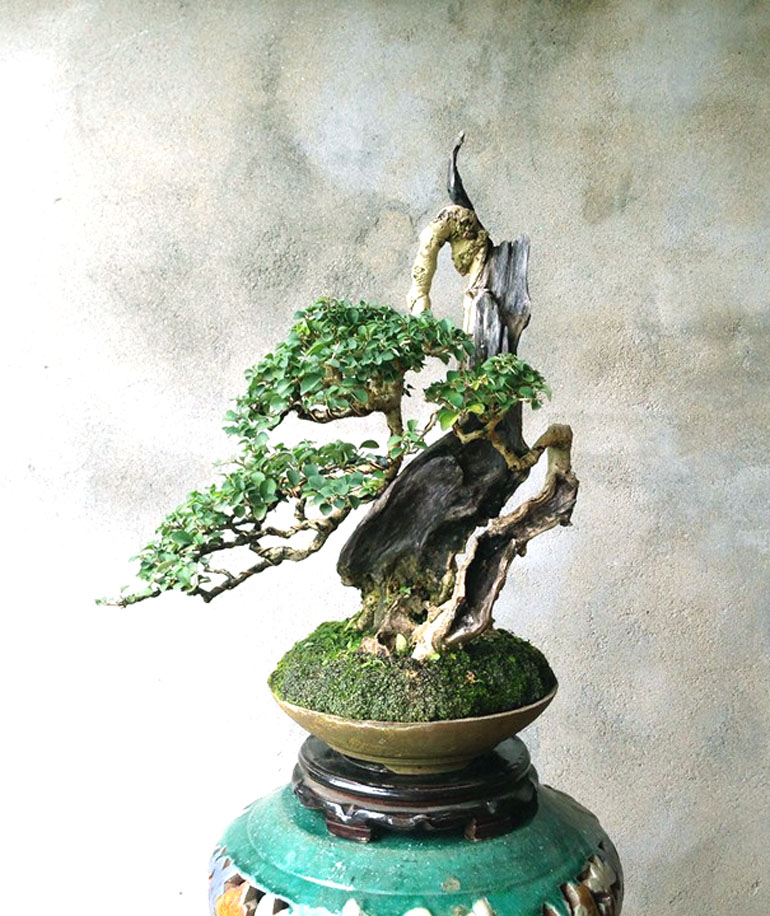
Bonsai by Minh Hanh. I won't bother to guess the variety.
I know comparisons can be odious, but sometime contrasting things (bonsai in this case), without relying too much on value judgements, can help us see more clearly.
In the 1980s Masahiko Kimura broke bonsai tradition with his outrageously sculptural deadwood that he carved with power tools. Looking back though, you can still see the influence of the Japanese bonsai aesthetic in everything he did.
Continued below…
SITE WIDE SALE
Everything at Stone Lantern now 20% to 25% off*
Including our NEW 2017 Calendars
time to save and avoid mall madness while you’re at it
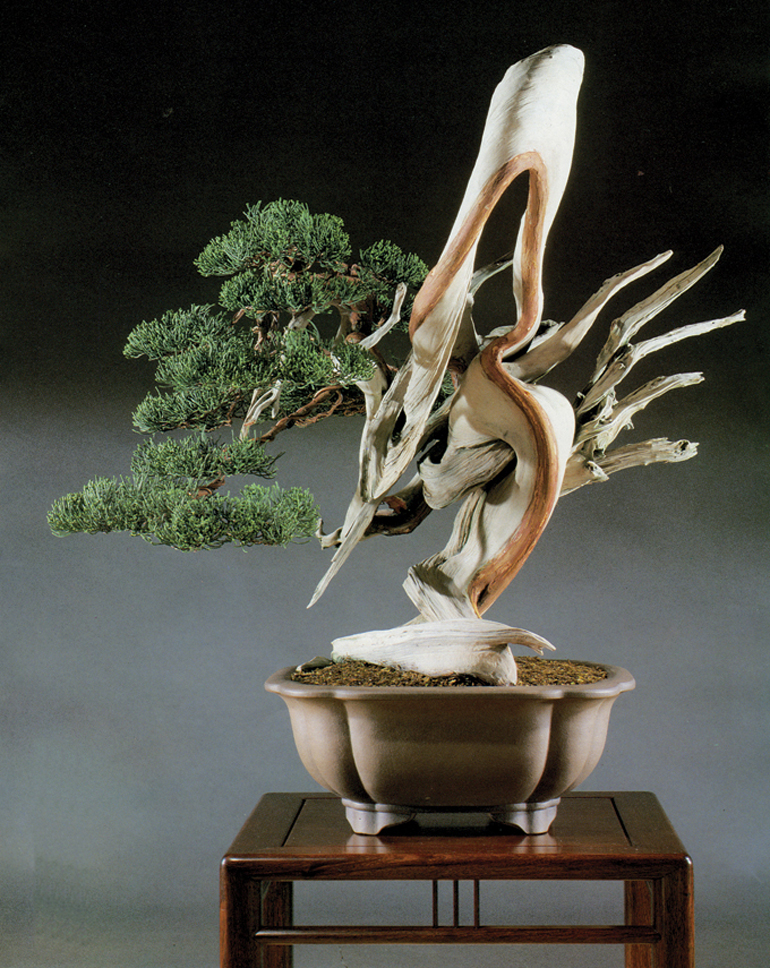
One of Masahiko Kimura's more outrageously sculpted bonsai. From our Masters’ Series Juniper book.
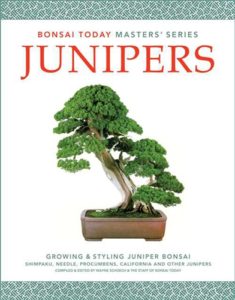 Our Masters’ Series Juniper book is now
Our Masters’ Series Juniper book is now
20% to 25% off
along with everything else at Stone Lantern*
That aesthetic is still in play in Japan and much of the world. We’re so used to it, that it’s often hard to see. Until we come across bonsai that aren’t in that mold. Like the tree by Minh Hanh that you see at the top of this post (and below).
Before you get excited, I know the difference between bonsai and penjing. Or at least I think I do, though the line is often blurred. But the tree shown here is a bonsai, even if we choose to call it penjing. It’s a bonsai that is different from most of the trees you see in North America and much of the rest of the world.
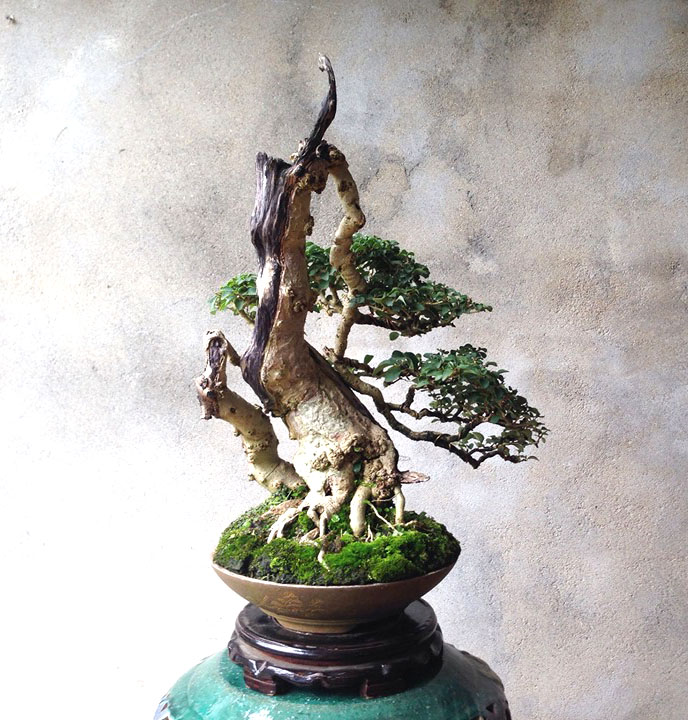
The back of Minh's tree? Or, should it be the front? Does it matter?
Anyway. I really like Minh’s tree. It seems uncontrived. Simple and sweet. And as always, good stock never hurts.
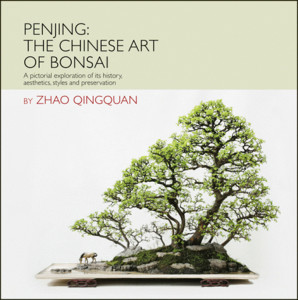
Zhao Qingquan’s famous Penjing book is now
20% to 25% off
along with everything else at Stone Lantern*
FREE Shipping on U.S. orders 50.00 or more
*Site Wide Sale does not include our Green T Turntable
or the book, Gnarly Branches, Ancient Trees